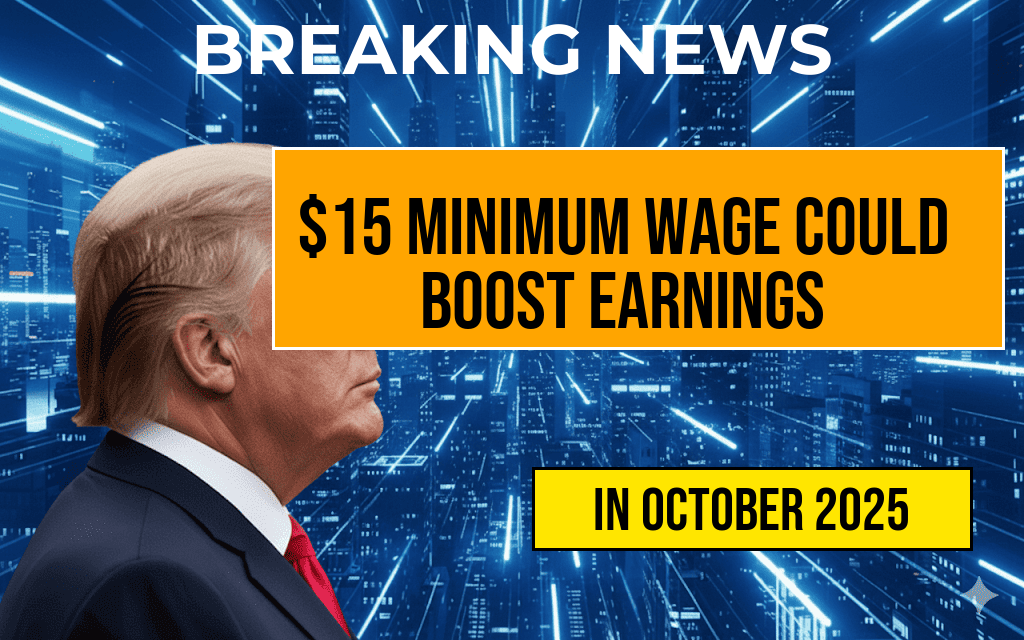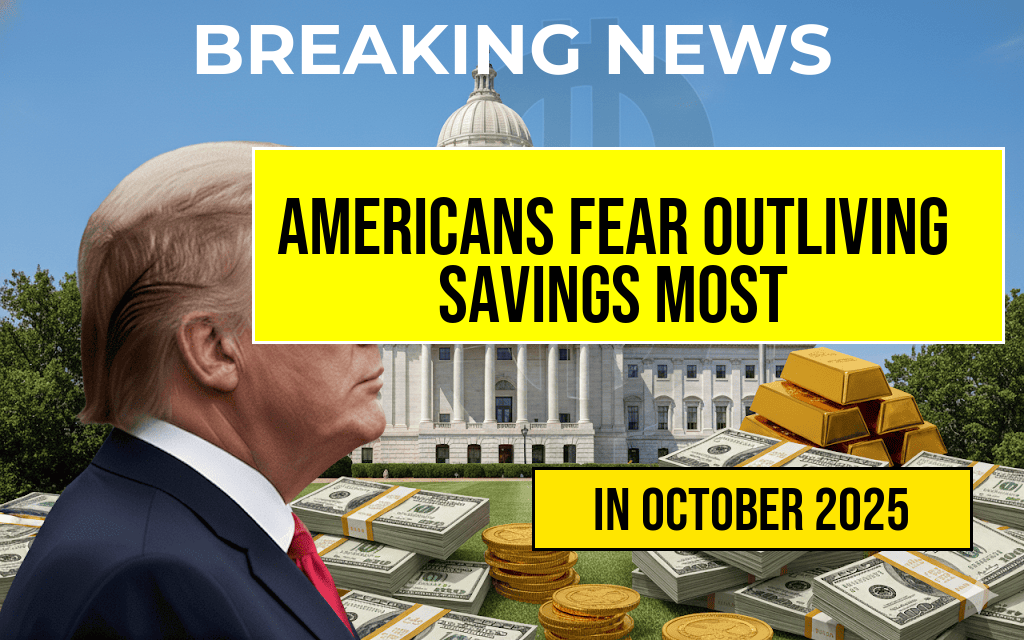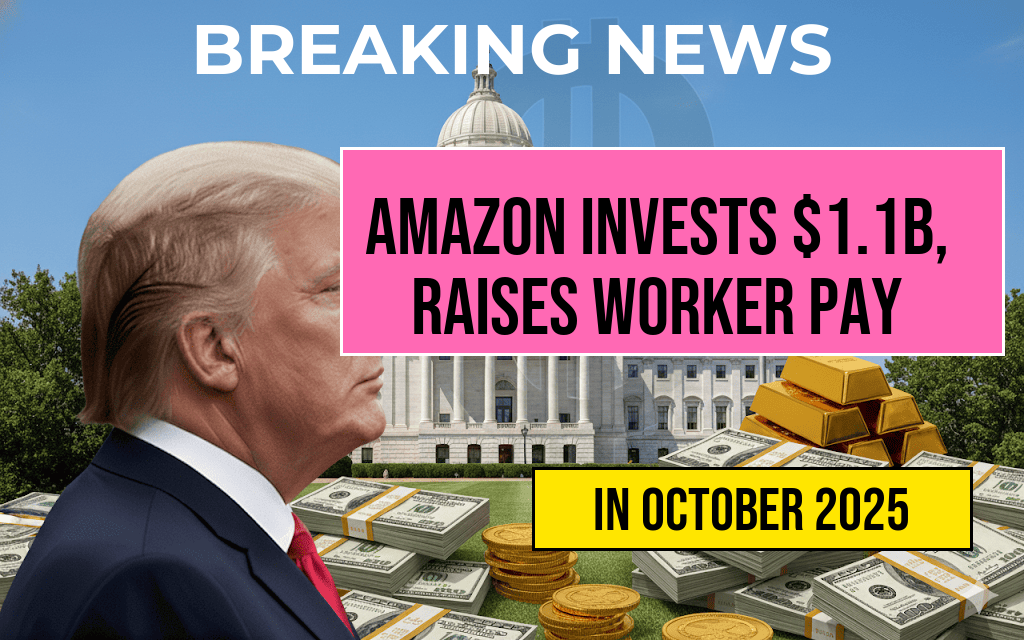A proposed increase in the federal minimum wage to $15 an hour could significantly boost the earnings of millions of American workers, according to recent analyses. An estimated 32 million employees currently earning less than this threshold stand to see an average annual income increase of approximately $3,300. This policy shift aims to address persistent income inequality and support low-wage workers amid rising living costs. While advocates argue that a higher minimum wage could stimulate economic activity and reduce poverty, opponents express concerns over potential impacts on employment and small business viability. The discussion around this wage increase continues to be a focal point in federal labor policy debates, drawing attention to the balance between fair compensation and economic stability.
Projected Economic Impact of a $15 Federal Minimum Wage
Number of Workers Affected
Current estimates suggest that about 32 million workers nationwide earn less than $15 per hour, representing roughly 20% of the American workforce. These employees span various sectors, including retail, hospitality, healthcare, and manufacturing. The majority are entry-level workers, many of whom are part-time employees or younger workers just entering the labor market. For these individuals, a $15 minimum wage could translate into a meaningful increase in annual income, potentially improving their standard of living and financial stability.
Estimated Increase in Annual Earnings
| Number of Workers | Average Hourly Wage | Estimated Annual Income Increase |
|---|---|---|
| 32 million | Less than $15 | $3,300 per worker |
This average increase considers typical work hours, with full-time employment assumed at approximately 2,000 hours annually. The $3,300 uplift reflects the difference between current median wages and the proposed $15 minimum, factoring in regional cost-of-living variations.
Potential Benefits and Challenges
Benefits for Workers and the Economy
- Improved living standards: Increased wages can help low-income families cover essentials such as housing, healthcare, and education.
- Reduced poverty rates: Higher earnings may lower the number of Americans living below the federal poverty line.
- Economic stimulus: Additional income can lead to increased consumer spending, supporting local businesses and potentially creating new jobs.
Concerns and Counterarguments
- Employment effects: Critics argue that higher labor costs could lead employers to reduce hiring, cut hours, or automate roles, particularly in small businesses.
- Inflationary pressures: Businesses may pass increased labor costs onto consumers, leading to higher prices across sectors.
- Regional disparities: The cost of living varies widely across states and cities, raising questions about the uniformity of a national $15 minimum wage.
Legislative Landscape and Public Opinion
Efforts to raise the federal minimum wage have gained momentum in recent years, with proposals often facing stiff opposition in Congress. The Biden administration has expressed support for a $15 minimum wage, emphasizing its potential to reduce economic inequality. However, legislative hurdles remain, including debates over the phased implementation of such increases and their economic implications. Public opinion polls indicate strong support among voters, especially among younger demographics and low-income households, who view wage increases as vital for economic fairness.
Regional Variations and Policy Alternatives
State-Level Initiatives
Several states and cities have already implemented or are considering establishing minimum wages at or above $15 per hour. For example, California and New York have plans to phase in higher minimum wages over the coming years, reflecting regional cost-of-living differences.
Alternatives to a Uniform Federal Rate
- Regional wage adjustments: Tying minimum wages to regional economic indicators could better align wages with local conditions.
- Sector-specific policies: Targeted wage increases in industries with high turnover or vulnerable populations.
- Supplemental support programs: Combining wage hikes with targeted tax credits or social assistance to mitigate potential negative effects.
Looking Ahead
As discussions about a $15 federal minimum wage continue, stakeholders across the political spectrum are weighing the potential benefits against economic risks. While the direct impact could see millions of workers earning an additional $3,300 annually, the broader effects on employment, inflation, and regional disparities will shape the policy’s trajectory. For many low-wage workers, the prospect of a higher minimum wage offers hope for improved economic security, but the path to nationwide implementation presents complex challenges that policymakers must navigate carefully.
For more information on the economic implications of wage policies, visit Wikipedia’s page on minimum wage in the U.S. and Forbes analysis of potential economic impacts.
Frequently Asked Questions
What is the proposed increase in the federal minimum wage?
The proposed increase is to raise the federal minimum wage to fifteen dollars per hour.
How many workers could benefit from the minimum wage increase?
Approximately thirty-two million workers could see benefits from the increase in the minimum wage.
What is the estimated boost in annual earnings for workers due to the wage increase?
The increase could boost average annual earnings by about three thousand three hundred dollars.
How might this wage increase impact workers’ financial well-being?
By raising the federal minimum wage, many low-income workers could experience improved financial stability and greater economic security.
Are there any potential economic implications of raising the minimum wage to fifteen dollars?
While the article highlights the benefits for workers, potential economic implications include impacts on employment levels and business costs, which are important considerations in the policy debate.





